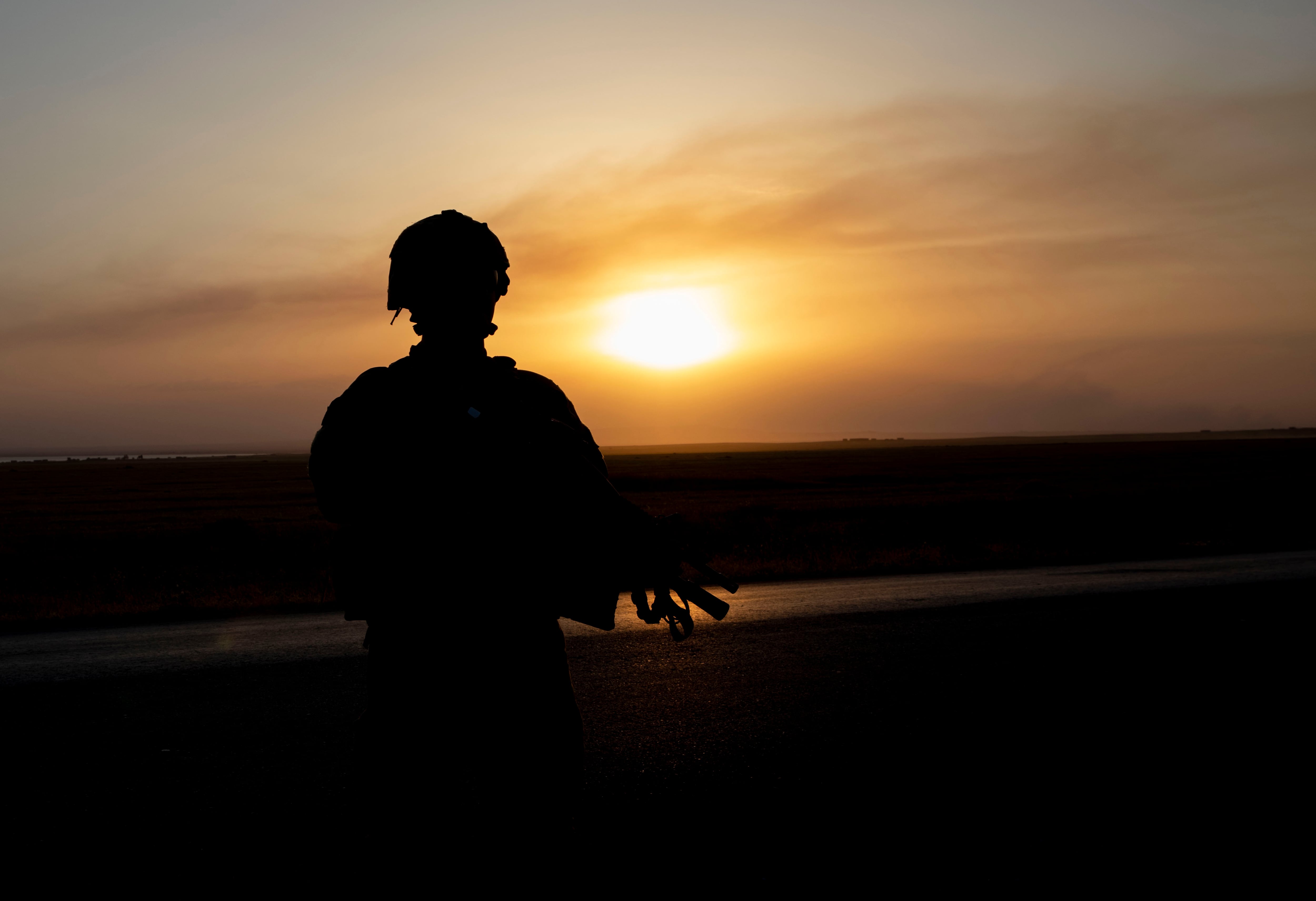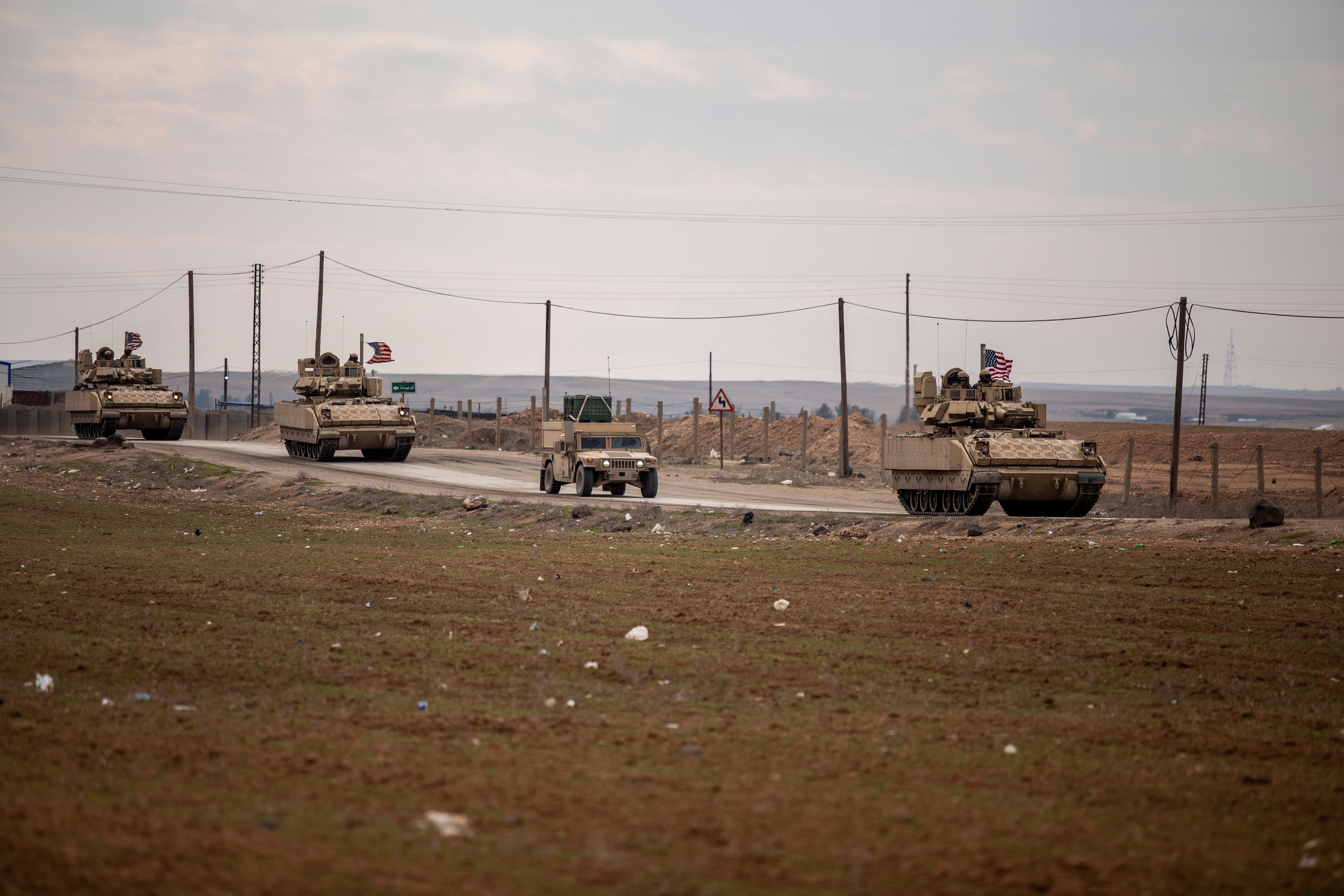In December, 39 Missouri National Guardsmen received Combat Infantryman Badges, the formal recognition given only to troops who have engaged in “active ground combat,” for actions that took place during their 2023 deployment to Syria.
It was a somewhat uncommon occasion. Taking hostile fire in the Middle East had become more of a rarity for conventional troops in recent years, as the U.S. pared down its missions in Iraq and Syria.
But it’s become more commonplace since October as troops deployed to the Middle East have regularly faced drone, mortar and missile attacks from Iran-backed militias, totaling more than 180 injuries in 170 incidents.
U.S. Central Command, which is responsible for U.S. military presence in that area of the world, has not responded to repeated requests from Military Times to provide a list of awards for contact with the enemy since October.
Many of those troops in the line of fire have been National Guardsman, as regular rotations in Iraq, Syria and Jordan have largely been carried about by part-time soldiers spending six or more months at a time supporting the mission to defeat ISIS.
RELATED

The Missouri soldiers were from 1st Battalion, 138th Infantry Regiment, Army Lt. Col. Rutledge McClain, a Missouri Guard spokesman, confirmed to Military Times. The unit deployed in May and returned in December.
McClain did not respond to a request for the award citations accompanying the badges, which could offer details on what troops downrange faced during the recent attacks.
Guardsmen from Massachusetts, Maryland and Michigan were also deployed in 2023, in a support role that has largely been done with little fanfare, a U.S. official, who was not authorized to speak on the record, told Military Times earlier this month.
The Missouri Guard did not publicize 1-138th’s bravery, but members of the unit shared photos of the ceremony on Facebook,. One of the state’s recruiters then re-shared the photos.
The mission in Iraq, Syria and Jordan is to keep ISIS under control, mostly through special operations forces working with local forces to carry out kill-or-capture operations on known ISIS leadership.
To support that mission, thousands of conventional troops also deploy, taking care of everything from supply to legal services to security and air defense at outposts housing both U.S. and local troops.
The January attack on Tower 22, a small outpost on the Jordan-Syria border, which killed three Army Reserve soldiers and injured dozens of others, raised questions as to how safe these troops are, spending months at remote outposts, with questions being raised after the attack about the level of available air defenses.
RELATED

Guardsmen took most of the many of the casualties in that attack. Approximately 35 troops were from the Arizona National Guard, according to their spokeswoman, Army Capt. Erin Hannigan. Their injuries ranged from cuts and bruises to more serious traumatic brain injuries, including one soldier who returned stateside for treatment, she said.
New rotations of Guard troops headed to the Middle East at the beginning of the year, including the New Jersey National Guard. More than 1,500 members of the 44th Infantry Brigade Combat Team left in January for the state’s biggest deployment of troops since 2008.
In addition, the Ohio Army National Guard’s 1483rd Transportation Company, which hadn’t deployed in 15 years, and 1st Battalion, 181st Infantry Regiment from Massachusetts, also headed downrange.
U.S. troops in the Middle East are not thought to have been targeted by Iran-backed militias since Feb. 4, following multiple attacks on Kataib Hezbollah facilities and leadership in retaliation for the Tower 22 attack.
“We will maintain our focus on the mission that we’re there to do, which is the enduring defeat of ISIS,” Air Force Maj. Gen. Pat Ryder, a Pentagon spokesman, said during a briefing Feb. 20. “But again, if our forces are threatened or attacked, we maintain the inherent right of self defense and we’ll take action.”
Meghann Myers is the Pentagon bureau chief at Military Times. She covers operations, policy, personnel, leadership and other issues affecting service members.





